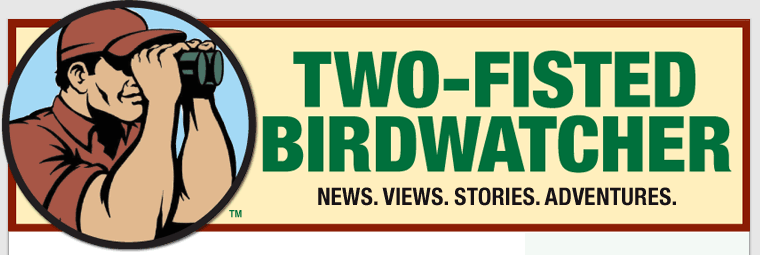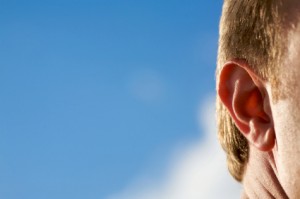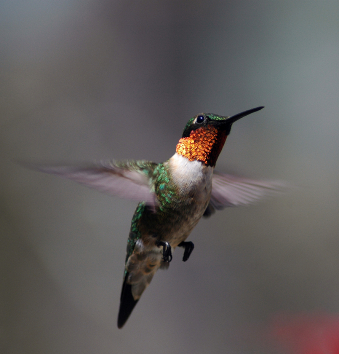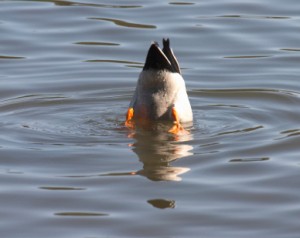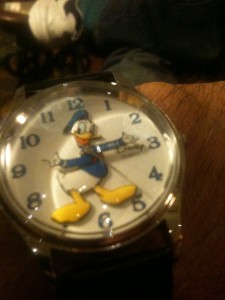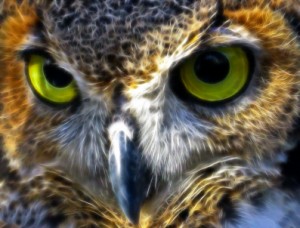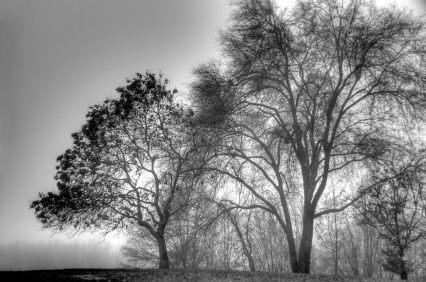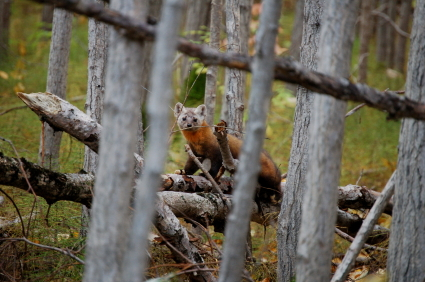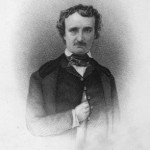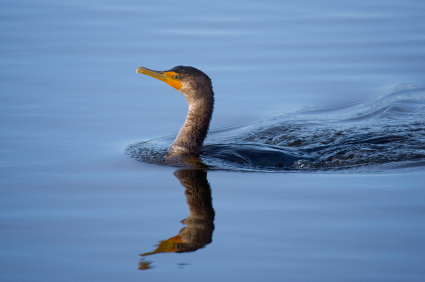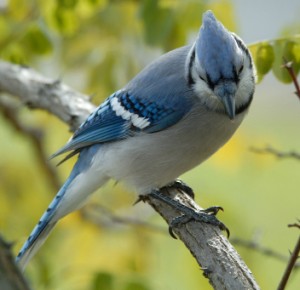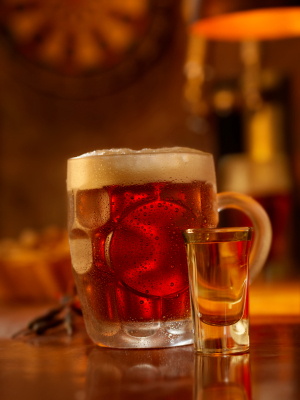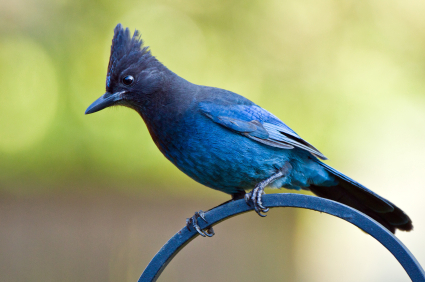Awright! After going silent for about ten months, the curiously named character, Bob Grump sends in another guest essay. He’s usually on a rant about one thing or another, and they’re not always friendly or popular. But, this time he’s in a gentler mood. Must be because his belly’s full.
~ ~ ~
By Bob Grump
We lived in a crummy apartment building in a crowded city neighborhood near Wrigley Field, this ballpark beloved as it is by us in Chicago. And by most Americans.
It’s where the Cubs played crummy ball season after season, year after year.
And in our neighborhood of brick walls, alleys, courtyards, narrow streets, cars, buses and garbage cans, there were birds.
Little brown things. We didn’t know they had names. Well, yeah, they had names: birds.
I know now what they were, but who the hell really cares? Naming birds is a form of pedantry, isn’t it? You might not agree at first. But in your heart, well, maybe.
Using the word pedantry is a form of pedantry, too. Damn it. Can’t get away from this kind of thing. It’s a loop. Which brings me back to Chicago.
Okay, we fed these little brown birds. Ma Grump, my mother, took store-bought, cheap and supposedly unhealthy bread slices, and tore them into squares. She put these on the concrete outside our windows and doors, and let the birds come.

I was a little rug rat of three, four or five, and I watched. Big eyes. I liked the bread. I liked the birds. I liked my mom for giving our bread to them.
I knew that they were tasting what I had tasted that morning at breakfast, and that day at lunch. Good American factory-packed white bread, sliced and soft and mass-produced, wrapped in a plastic bag and tied with a string tie.
A wonder, that bread. A Wonder, literally.

"....sourdough?"
Loved it then. Still do. And it drew birds to our concrete world so I could watch them up close. The birds were, and are, wild animals.
I’d rather we’d lived over a river in India and tossed scraps to tigers and cobras.
Or that we lived on the edge of the Congo and fed hyenas, apes, skulking leopards, and I could see them.
But, there, at that time, in our gritty city, the birds came. For our bread.
Right now, I’m not thinking so much about those birds, long dead—their life spans being just a few years.
No, I’m thinking about store-bought crappy, bad-for-you, soft, sweet, damp white bread, and how Ma Grump cubed that bread in compassion.
She brought the birds to us. I watched. But this isn’t some sappy appreciation of bird life. It’s a sappy appreciation of mass-market white bread.
This stuff is much maligned by the sanctimonious who like earthy bread that tastes like it’s made of sand.
And it’s maligned by those who think spoiled bread—otherwise known as “sourdough” is somehow better. Bullshit.
The best bread on the market is still the soft squeezable store bread that’s white and damp and sweet. It’s a pleasure that’s overlooked, ignored and disrespected, just like the hardy little brown sparrows it once fed in our crummy city neighborhood.
Sparrows that had white wing bars and black throats for reasons no person will ever understand.
I had a sandwich tonight, made of such bread. It made me think about how we don’t appreciate the mundane beauties.
